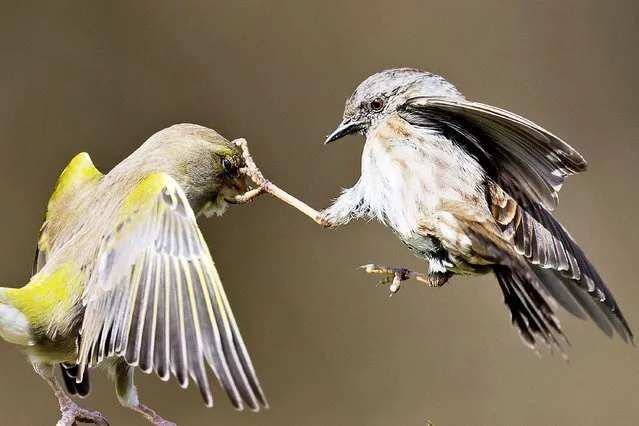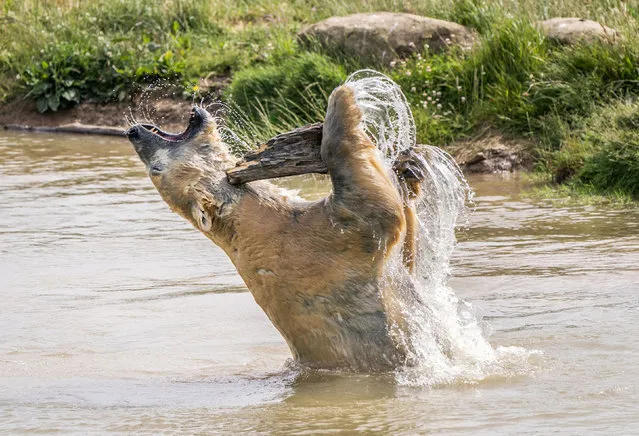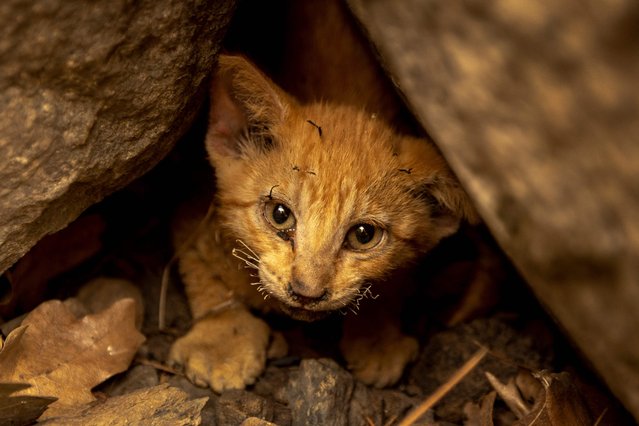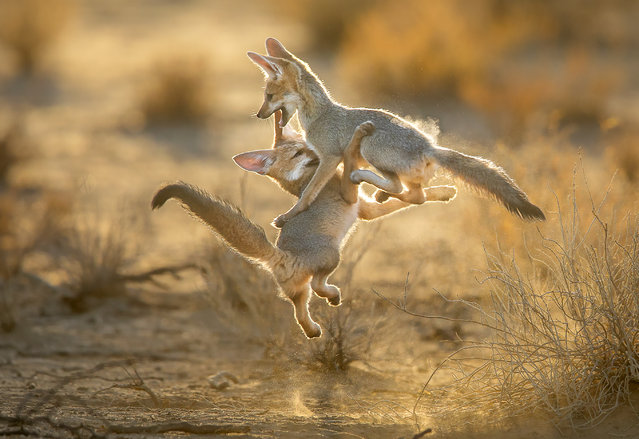
In this photo taken Monday, March 5, 2018, s*x worker Irene sits in her brothel in Juba, South Sudan. As World Women's Day is to be marked across the globe and women across much of the Western world have galvanized around the #MeToo movement, South Sudan remains a place where women face grinding difficulties and rights experts say most women remain voiceless. (Photo by AP Photo/Stringer)
14 Mar 2018 00:03:00,post received
0 comments







